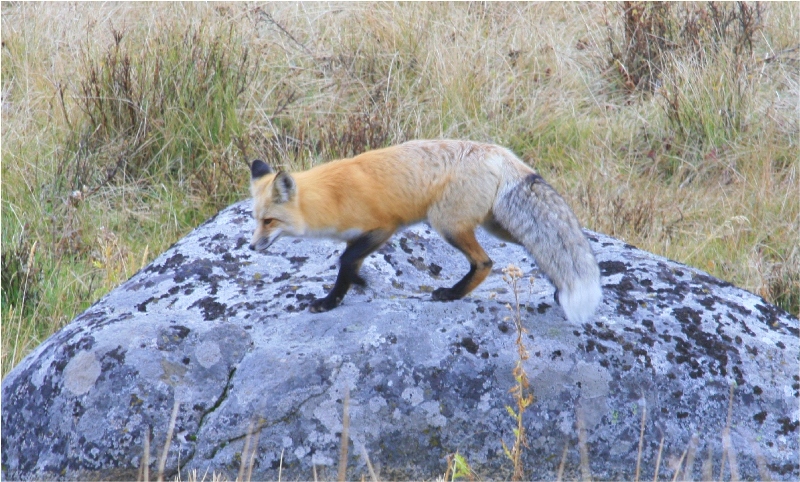The Sense of Smell: A foremost asset to most animals
By Dave Hanks
The sense of smell may rank below sight and hearing for humans, but it is the most developed and depended upon sense in a great number of animal species. In jungle habitats, 99 percent of the animals depend on chemical trails and bits of odor released into the air or water. This is not surprising, as heavy vegetation limits one’s visual abilities. Insects are the masters at scent identification. The many types of ants have multiplied to where they comprise 70 percent of all insects in the tops of jungle trees. Much of this success can be attributed to their acute sense of smell. Snakes, fish, and many mammals also have highly developed olfactory centers.
Smell and taste are often experienced together, but each is separate from the other although thought to be connected. Inhaled molecules passing through the nasal passages come in contact with the olfactory bulb. Nerves then relay the message to the brain. Observing the size of a species olfactory bulb (relative to body size) can predict the acuteness of this sense in each species.
In mammals: bears, canines, and especially elephants rely heavily on scent signals. One such canine, the RED FOX, has a terrific sense of smell. This is important because foxes, although they can readily detect movement, are short sighted. Using smell in tracking prey, it becomes a lean, mean, hunting machine. Scent signals help it to relocate food caches, and to avoid bobcats, bears, and wolves. It has, also, been diligently hunted by humans and its acute senses have given it the reputation of being the embodiment of cunning.
The Red Fox is 1 ½ to 3 feet long and around 14 pounds. However, the farther north they are found, the larger they are. It is reddish-orange with whitish fur on its neck and chest. The tail is long and bushy. Regardless of any color variation, its tail is always tipped in white. As a family oriented animal, both the male, female, and older offspring cooperate in the care of the pups.
(Vulpes vulpes following a rodent scent trail)
|
